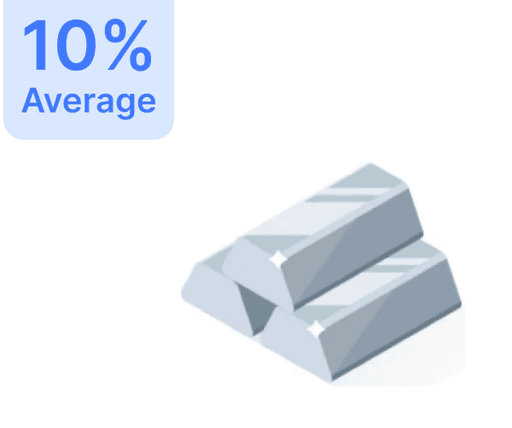
Allahabad Bank

 Jul 23, 2024
Jul 23, 2024 15 Mins
15 MinsExploring the Legacy of Allahabad Bank: A Journey from 1865 to 2020
Allahabad Bank, a name synonymous with trust and heritage in the Indian banking sector, has experienced a rich history that spans over 155 years. Founded on 24 April 1865 in the city of Allahabad by a group of Europeans, the bank has played a pivotal role in the financial development of India. This article delves into the significant moments, changes, and milestones of Allahabad Bank, tracking its evolution and the eventual merger into Indian Bank in 2020.
Founding and Early Years
In the mid-19th century, the need for banking facilities for the European community in Allahabad was recognized, leading to the creation of Allahabad Bank. Initially set up to serve the Europeans living in the region, it quickly expanded its operations to include more diverse customer bases across India. By the end of the 19th century, Allahabad Bank had established branches in major cities such as Jhansi, Kanpur, Lucknow, Bareilly, Nainital, Kolkata, and Delhi.
20th Century Expansion and Challenges
The early 20th century saw Allahabad Bank navigating through varying economic landscapes. During the Swadeshi movement, which encouraged the use of domestic products and services, the bank saw a significant increase in deposits. A major turning point came in 1920 when the P & O Banking Corporation acquired the bank. A few years later, in 1927, it came under the control of the Chartered Bank of India, Australia, and China.
Despite these changes in ownership, Allahhand Bank maintained its individuality and continued to expand. The bank made a bold move by opening a branch in Rangoon (Yangon), although later it was amalgamated with Chartered Bank’s operations following nationalization by the Burmese government in 1963.
Nationalization and Public Sector Status
Allahabad Bank was nationalized on 19 July 1969 along with thirteen other major banks. This marked a new phase where the bank was now under the ownership and control of the Indian government. Post-nationalization, Allahabad Bank embarked on a journey of expanding its network across the country, supporting India’s economic initiatives and providing a range of banking services to millions of customers.
In 1989, further expansion was seen when Allahabad Bank acquired United Industrial Bank, bringing in 145 branches.
21st Century Developments
The turn of the century saw Allahabad Bank adopting modernization with the introduction of its new logo and expanding its international presence. The bank's first overseas office was set up in Hong Kong in 2006, followed by one in Shenzhen, China. During this period, the bank also engaged in public offerings to dilute the government's stake and raise capital.
Merger into Indian Bank
A significant chapter in the history of Allahabad Bank came to a close on 1 April 2020, when it was merged with Indian Bank, creating the seventh-largest public sector bank in India by assets. This merger was part of a broader government strategy to consolidate the banking sector, enhance operational efficiency, and create globally competitive banks.
Conclusion
Allahabad Bank's story is one of resilience and adaptation. From its inception in 1864 to its merger in 2020, the bank has witnessed and supported India's financial landscape through pre-independence, post-independence, and modern economic reforms. The legacy of Allahabad Bank continues to live on through Indian Bank, setting a precedent in the banking industry for perseverance and continual growth.




